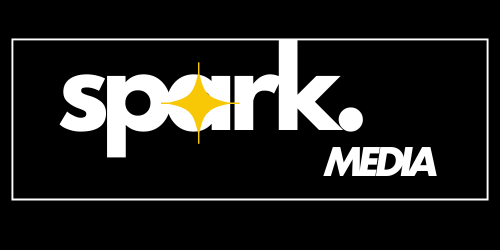Introduction
In today’s digital age, social media has become an indispensable tool for small businesses looking to expand their reach, engage with customers, and drive growth. With billions of active users across various platforms, social media offers unparalleled opportunities for small businesses to Dominate your Local Marketers, build brand awareness, and ultimately boost their bottom line. Let’s dive into why social media for small business is a game-changer and how you can harness its power.
Why Social Media Matters for Small Businesses
- Cost-Effective Marketing: Compared to traditional advertising methods, social media marketing is incredibly cost-effective, allowing small businesses to compete with larger companies on a more level playing field.
- Increased Brand Awareness: Social media platforms provide an excellent opportunity to increase your brand’s visibility and reach a wider audience.
- Direct Customer Engagement: These platforms allow you to interact directly with your customers, fostering relationships and building trust.
- Targeted Advertising: Social media platforms offer sophisticated targeting options, enabling you to reach your ideal customers with precision.
- Valuable Customer Insights: Through social media analytics, you can gain insights into your audience’s preferences, behaviors, and needs.
Getting Started with Social Media for Small Business
- Choose the Right Platforms: Not all social media platforms are created equal. Focus on platforms where your target audience is most active. For instance, if you’re targeting professionals, LinkedIn might be more effective than TikTok.
- Create Compelling Content: Share a mix of informative, entertaining, and promotional content. Remember, it’s not just about selling – it’s about providing value to your followers.
- Be Consistent: Maintain a regular posting schedule to keep your audience engaged and your brand top-of-mind.
- Engage with Your Audience: Respond to comments, messages, and mentions promptly. Encourage conversations and build a community around your brand.
- Utilize Visual Content: Posts with images or videos typically perform better than text-only posts. Invest in creating eye-catching visuals.
- Leverage User-Generated Content: Encourage your customers to share their experiences with your products or services. This can provide social proof and boost engagement.
- Use Hashtags Strategically: Research and use relevant hashtags to increase the discoverability of your posts.
- Monitor and Analyze: Regularly review your social media analytics to understand what’s working and what isn’t. Adjust your strategy accordingly.
Paid Social Media Advertising for Small Business
While organic reach is valuable, paid social media advertising can significantly boost your results:
- Start Small: Begin with a modest budget and test different ad formats and targeting options.
- Use Retargeting: Show ads to people who have already interacted with your business online.
- Create Custom Audiences: Upload your customer email list to create targeted ad campaigns.
- A/B Test: Experiment with different ad creatives, copy, and calls-to-action to optimize performance.
Remember, social media marketing is not a one-size-fits-all solution. What works for one small business may not work for another. It’s essential to experiment, analyze your results, and continually refine your approach.

Conclusion
Social media for small business is no longer optional – it’s a necessity in today’s digital marketplace. By leveraging these platforms effectively, small businesses can level the playing field, connect with their target audience, and drive meaningful results. Start small, be consistent, and don’t be afraid to get creative. Your social media presence could be the key to unlocking your small business’s full potential.
Start with at least 30 minutes to an hour daily. As you become more efficient and see results, you may want to increase this time.
It depends on your target audience and industry. Facebook and Instagram are often good starting points for many small businesses due to their large user bases and diverse demographics.
Track metrics like engagement rates, website traffic from social media, lead generation, and conversions. Many social media platforms offer built-in analytics tools.
This varies by platform, but generally, aim for at least 3-5 times per week on each platform you’re active on. Consistency is key.
No, it’s better to focus on a few platforms where your target audience is most active rather than spreading yourself thin across all platforms.
